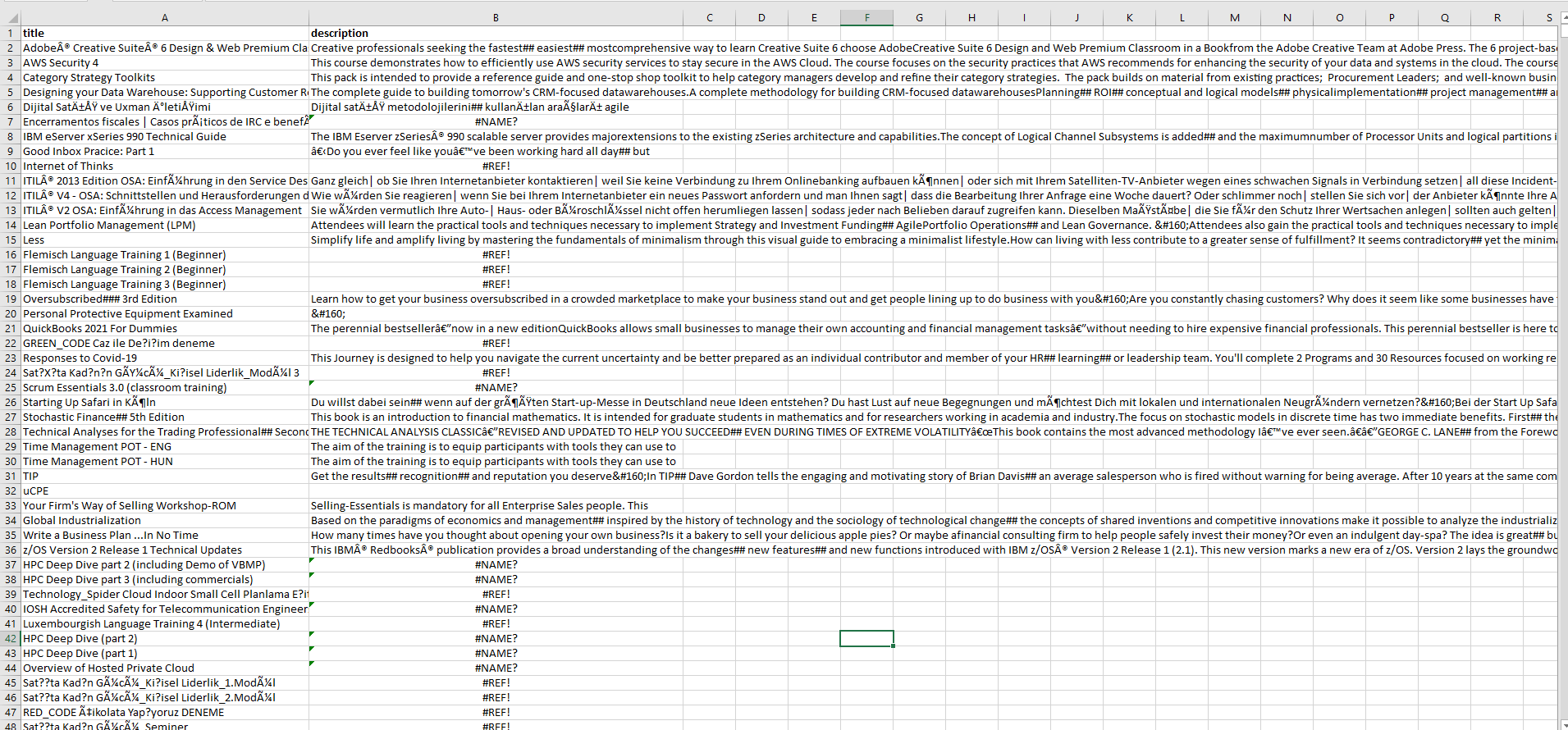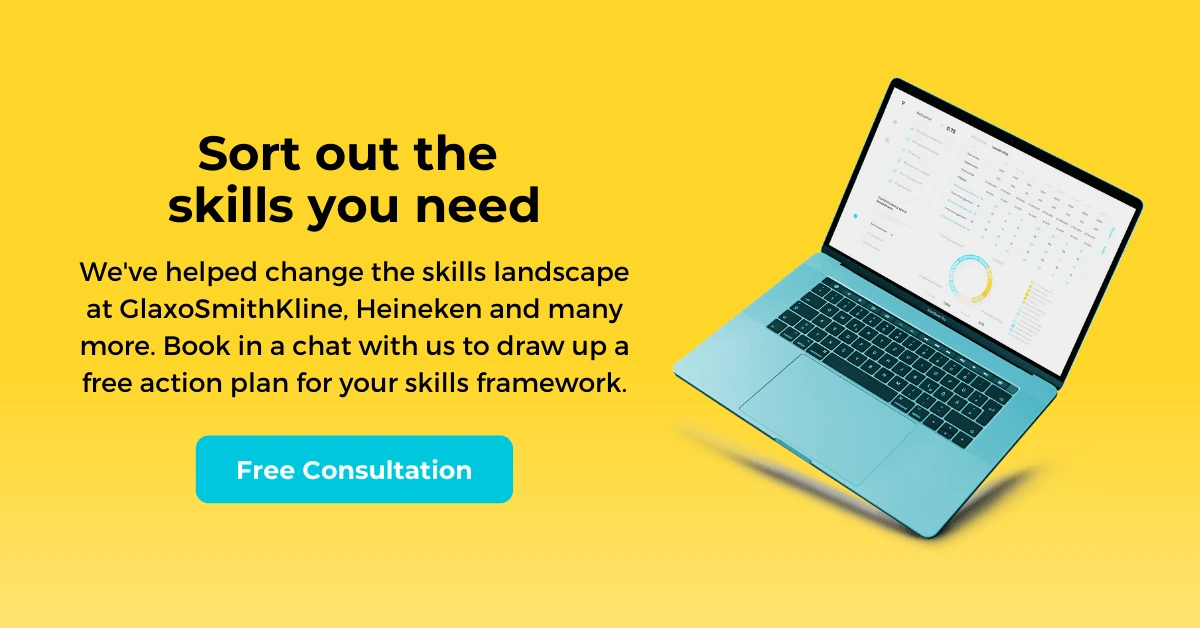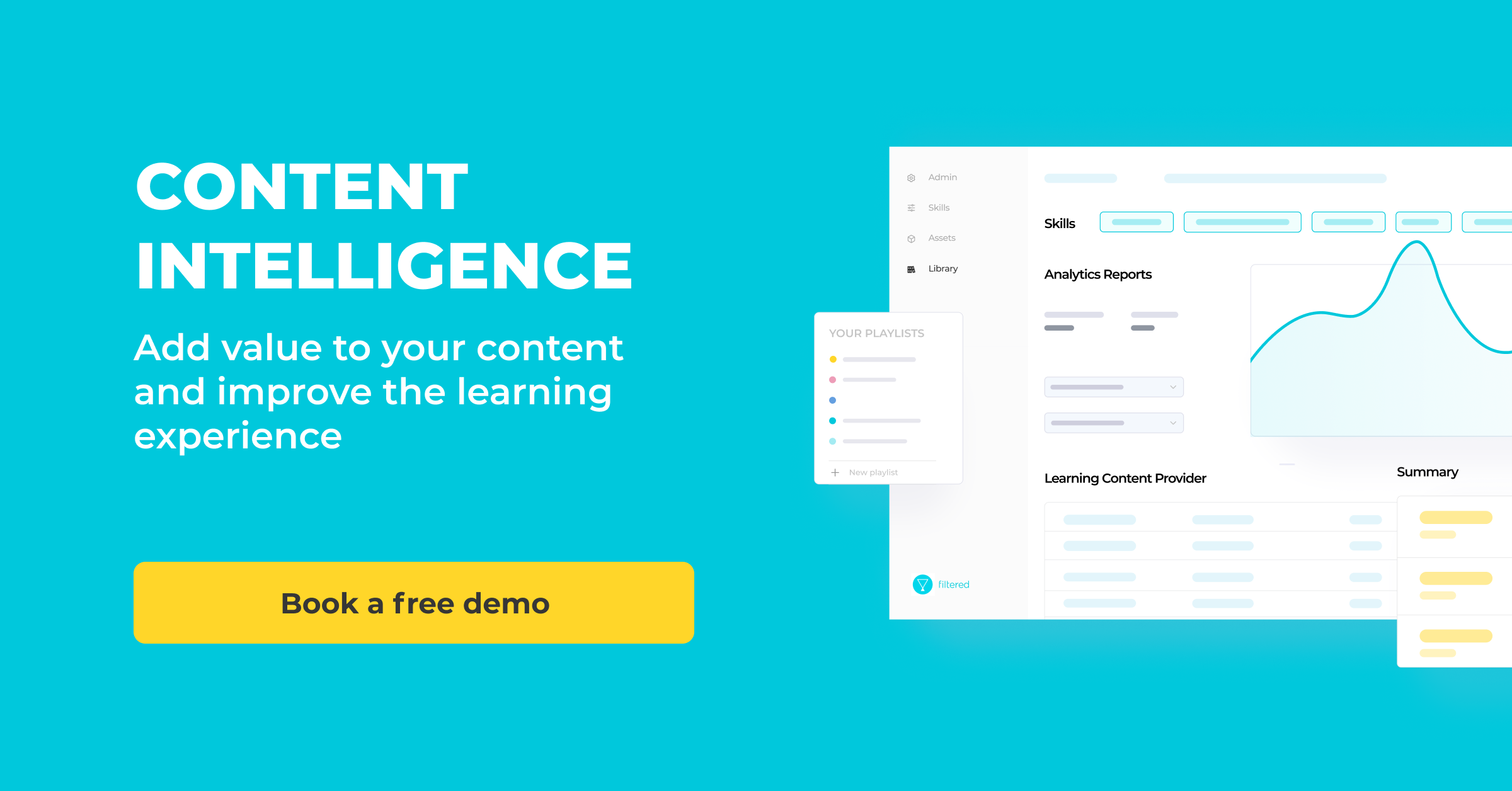Q: If a tree falls in the forest and no one is there, does it still make a sound?
A: Yes.
Q: If content exists online (or in an LXP) and nobody finds it, does it still exist?
A: Yes, but ...
Content that is not findable (discoverable) has zero value. Let me say that again, a bit differently: If you can’t find it, it may as well not exist.
Discovery is everything.
Discovery is especially critical in the learning and development (L&D) space. And — spoiler alert — most learning platforms are less than ideal for discovering the “best” content.
But, as the title of this blog post clearly states, we’ll be sharing several ways to improve learning discoverability in this article.
Gunk
Specifically, learning gunk.
As our CEO, Marc Zao-Sanders, wrote in Learning Gunk (apropos headline!):
Every single company has a glut of learning gunk. It’s accumulated over the years. It’s saved in multiple, disparate, rarely-opened folders in corporate cyberspace. Much of it is duplicative (which is partly why it grows). Much of it is obsolete. Some of it is corrupted. All of it is poorly described and signposted.
It’s messy. It’s ugly. It’s less than useful.

And it's a problem.
You may have amazingly on-point, super-helpful content, but when you have too much of it, some is inevitably bad/not useful, AND it makes it harder to find the best content.
In the end, your employees suffer. They get frustrated (never a good thing). Ultimately, this hurts your entire organisation.
This “wasted human effort,” as Marc calls it, means the “thousands of hours ... have gone into the production of this content for it to go to waste.” On top of that, the content creation never ends — and is often duplicated — so, well, more wanted human effort.
So we know we have a problem (GUNK), but how do we fix it?
Eliminate the bad content, obviously! But it’s not that easy...
3 steps to eliminate learning gunk
Getting rid of (or at least significantly reducing) learning gunk is possible.
Side note: Before tackling this, be sure you have done the “pre-work” of identifying the skills necessary for your organisation. And not to scare you off, but there is also “pre-skills” work to do — determine the intended business change/priorities. We dive into the state of skills — specifically upskilling — in this “The Skills Landscape in 2021” article.
TL;DR: Getting your skills game dialed up is the single most critical thing you can do before tackling anything else learning content-related. Skills that are not aligned with employee and organisation goals are useless at best and possibly harmful at worst.
Okay. Here are the 3 steps we recommend:
- FILTER(!): Clay Shirkey, an “American writer, consultant, and teacher on the social and economic effects of Internet technologies” (Wikipedia), once said, “It’s not information overload. It’s filter failure.” We wrote about the power of filtering here. We consider ourselves experts in this arena (see: our company name).
- EXTRACTION: Get a full download of all content in your learning library. Keep the obviously good; eliminate the obviously bad (obsolete, duplicative, and poor quality).
- CONTENT INTELLIGENCE: Allow our Content Intelligence platform to do the rest! Our algorithms are well-positioned for this “big-data-narrow-scope” work.
We apply skills and other tags rapidly and reliably — only requiring ~25 words of data to be up and running. 25. That’s it. We can take 10,000 proprietary learning content assets and tag them all in minutes.
A bit more about Content Intelligence
Content Intelligence helps organisations make data-driven learning content procurement and curation decisions.
These “gunk-filled” content libraries can be costly — upwards of £200,000 per year for large organisations and sometimes over £1,000,000 for global enterprises. That’s no small chunk of change.
Content Intelligence cuts through this noise and takes the bias from buying learning content. We evaluate content libraries against an objective skills framework for your organisation.
But Content Intelligence is not just about removing the unused, unnecessary, get-in-the-way-of-good-content ... content. It’s also helping our customers save an average of 30% on their content spend while producing a library of impeccably tagged content at 10x the speed of human curators.
How Filtered’s technology has helped our clients (and can help you).
Clear the gunk, clean up the shop.
Your learning store needs content on the right skills from the right publishers. Put on the right shelves. All in one place, with clean, visible covers. And showcases that point out the best & most relevant.
Your learners are used to finding what they need (see Google, Bing!, or pretty much any other search engine) when they need it.
If they can’t, they are out. Gone. And generally frustrated.
Your L&D team only has 20th-century tools to manage a 21st-century-sized content library.
Our technology has boosted LXP search results from 10% to 90% relevance for our clients and — bonus — rejuvenated the user experience, thus significantly increasing engagement.
Find the skills that work best for your employees, remove the garbage learning content, save money and time.
Everyone is happy.


